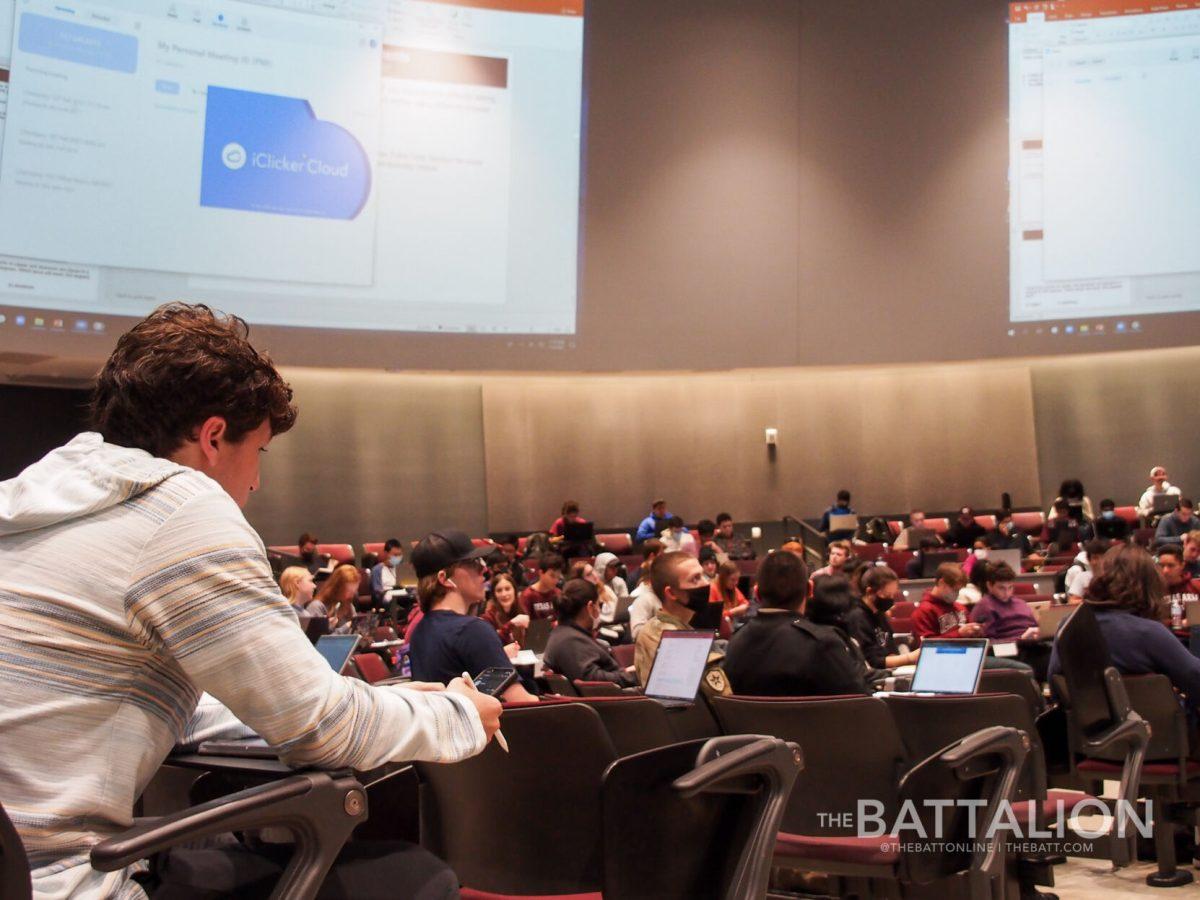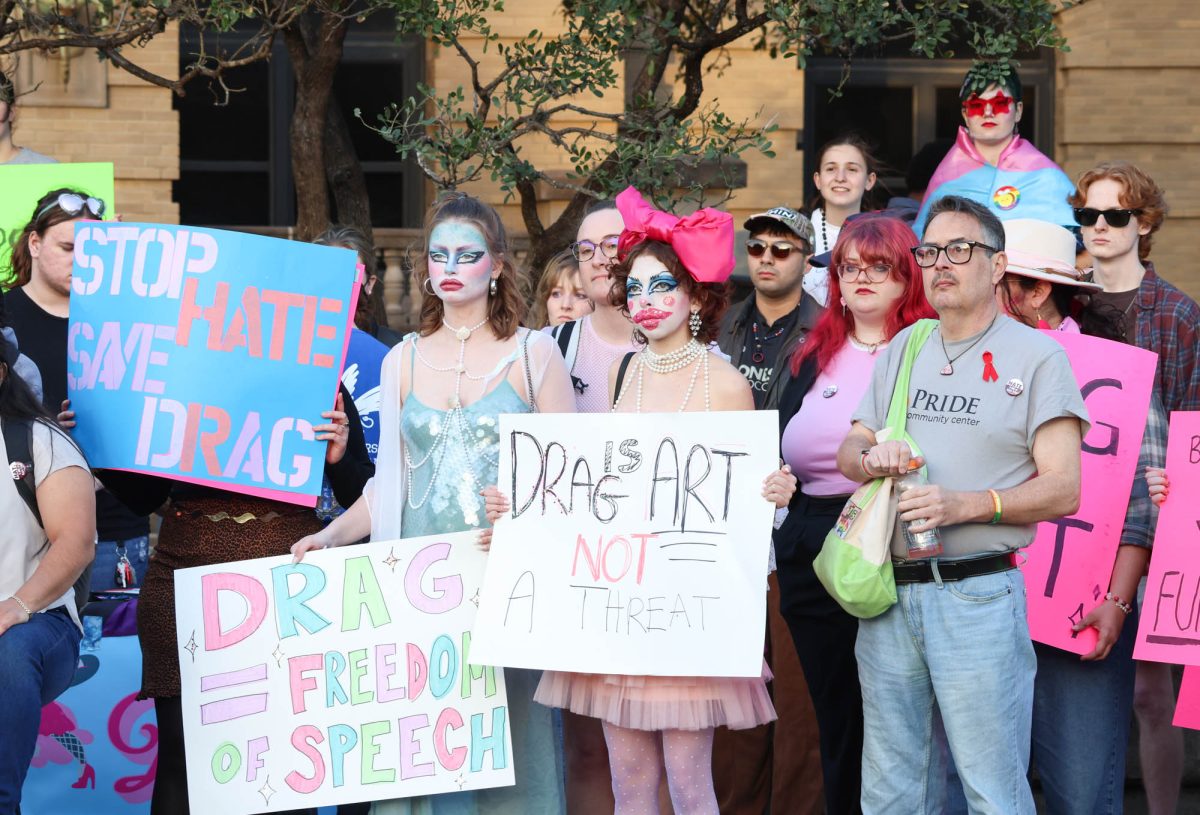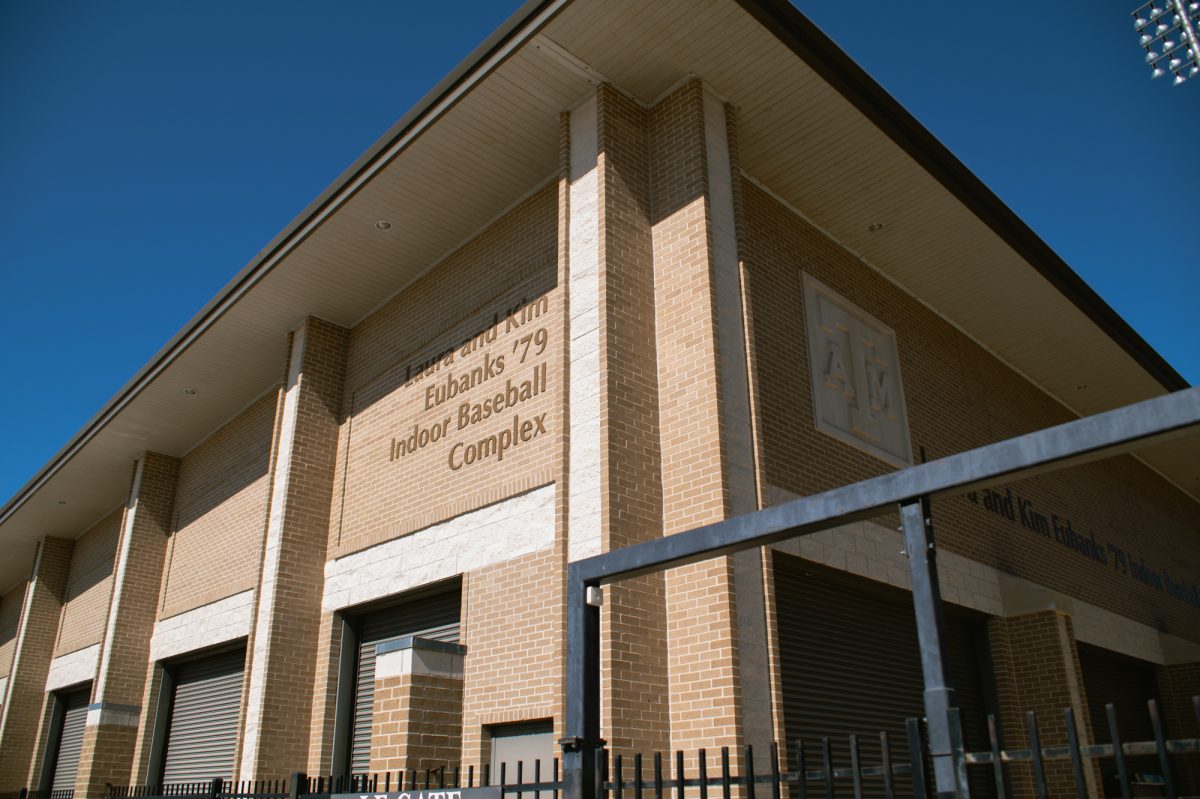Returning to in-person classes, professors and students analyzed what went well and what did not during last year’s online-only and hybrid system.
After struggling with technological problems and a lack of participation during Zoom classes as well as reconfiguring their curriculum back to traditional in-person classes, professors said they were overall excited to have students in their classrooms once again. Students also reflected on the hardships of online class and what it has meant to them to participate in classes after a long break.
Noah Peterson, lecturer for the Department of English at Texas A&M, noted how the hybrid model — in which students had the option of either attending in person or via Zoom — had its pitfalls.
“The hybrid flexibility classes of last year inevitably meant that one or two people were sitting in the classroom and having to juggle the crappy computers in the classroom,” Peterson said.
Peterson reflected on the unforeseen differences between teaching online and in person.
“Teaching online is a very different thing, and you have to teach very differently to try and get people to participate online,” Peterson said. “Often, when people log onto Zoom, it is very tempting to turn your camera off and do something else while it’s running in the background. It’s interesting coming back into the classroom and having to remember how to teach in person again.”
Peterson also said there was higher reliance on technology while teaching during COVID-19.
“The technology hurdles over the past year have been frustrating,” Peterson said.
A sociology senior, who asked to remain anonymous, explained how they struggled academically at the beginning of the COVID-19 pandemic because they could not do in-person classes.
“[Studying at home] was really hard,” the student said. “Retaining the information just wasn’t the same. When I study, I [like] to go to different locations on campus to keep my environment and my mind fresh, but studying, eating, sleeping and going to class in my room puts me in a very long slump.”
The student said they had mixed feelings about returning to in-person classes.
“I was ecstatic to come back and see all my friends, but I do feel behind socially because there’s so many things I missed out on while I was gone,” the student said. “It’s difficult coming to terms with the fact I am graduating, and I lost such a crucial and fundamental year of my life being stuck in the house while my friends continued their lives normally. I also feel like I’m a junior because the COVID[-19] semesters didn’t feel like they counted, but it’s a harsh reality that this is my last year here.”
Peterson looks to reinvigorate student learning by applying more in-class participation.
“I have different forms of strategies to encourage in-person attendance and participation throughout the class,” Peterson said. “Next semester I have four in-person classes and am just planning on incorporating those more intensive participation in-class discussions.”
Political science assistant professor Alicia Cooperman said the start of her teaching career at A&M was largely uninterrupted, saying that teaching the coding language R was unimpaired.
“In a way, coming back to [in-person] was pretty seamless. I came to Texas A&M during COVID-19, so when I was first designing my classes, I was designing it for a virtual synchronous format,” Cooperman said. “I was still able to use my slides, but lecture on them and be more interactive. Showing R and using R is the same online or traditional.”
Cooperman also noted the challenges of participation required to succeed in class.
“Moving to face-to-face has forced me to lecture more, where I wish I wouldn’t have,” Cooperman said. “I hope to have more discussion and move toward small group exercises as I shift from an online format, [which] made it really hard to interact with others.”










